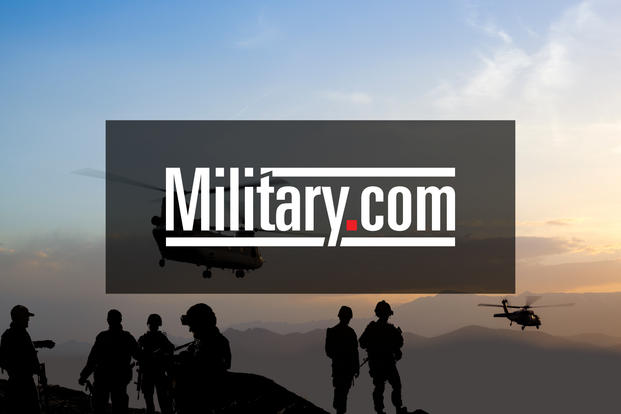FORT SAM HOUSTON, Texas — Before former Army Capt. Gregory David Estevez removed his uniform for the last time, the Army worked to ensure he was able to achieve a stable return to civilian life.
Estevez, who’d served as an operations officer for the Joint Base San Antonio Warrior Transition Battalion, sustained injuries during his service in Iraq and Afghanistan.
It can take time, sometimes months or even years, before wounded service member can make the transition from military to civilian life. Estevez credited the success of his transition on many things, including in-depth treatment, his family, physical therapy and an upbringing that emphasized the value of hard work.
Headquarters Company
Estevez began his transition at the transition battalion’s headquarters company, where he was greeted and registered. Registration is a significant step in the transition process because it marks the point where the healing journey begins.
“Soldiers in-process with our unit and there’re a lot of appointments that are scheduled to develop their plan for treatment based on their injury,” said Army Capt. Randal W. Maurer, commander of the Warrior Transition Battalion. “Once that plan of care is developed, they will go to the line company based on their injuries. They will continue their treatment, eventually allowing them to return to the Army or transition into the civilian world.”
Estevez worked with Army, civilian and contractor staff during his transition, and Opal J. Charles, the warrior transition liaison, served as the link between Estevez and his family when they needed the support. Charles works with different organizations to provide support services to the families of the wounded and helps families who work and cannot take time off.
“My position is between the government and the community and non-profits,” Charles said. “I provide all the things the family [needs] that is not a traditional benefit to these families through the government.”
Case Managers
Georgeann Jackson is an assigned nurse case manager whose responsibilities include receiving and analyzing each case to ensure that every service member obtains the proper care. This can be a challenge, because military personnel are sometimes not forthright about everything that may be affecting their recovery, she said.
“We have to listen to the service member, and try to find out what they are not talking about to determine their true problems. We want to bring that to the forefront of the conversation so that we can treat their ailment,” Jackson said.
Estevez met throughout his transition with Jackson to talk. She conducted an interview with him every time they sat down to discuss recurring or new ailments that might have emerged since their last meeting.
“She is great, and very well-respected among the soldiers, to include the staff,” Estevez said. “Sometimes patients are stubborn, but I will admit it — I am too. She is the checks and balances in the system and says, ‘Hey you need to see this doctor or take this physical therapy.’”
“We have to know as much as possible about the patient. We include the family, and the spouse. Everything is included,” Jackson said.
Sports Therapy
The Warrior Transition Battalion provides different types of physical therapy treatments and practices, including track and field exercises, archery and swimming. The activities provide transitioning soldiers with outlets to cope with some of their physical and mental challenges. Through the interviews and counseling, Estevez chose horseback riding as one of his physical therapy treatments at the WTB.
“We have to groom the horses before we put the tack and saddle on them. We take them out for a ride, but we then have to take the equipment off the horses and bathe them before returning them back to the stable, “Estevez said. During the ride, however, he focuses on the muscle areas he needs to strengthen.
“It is better than going to the gym [and] doing the same routine,” Estevez said.
These programs are available to all soldiers who come through the WTB. The organization provides these activities at no cost and provides all the necessary supplies.





























